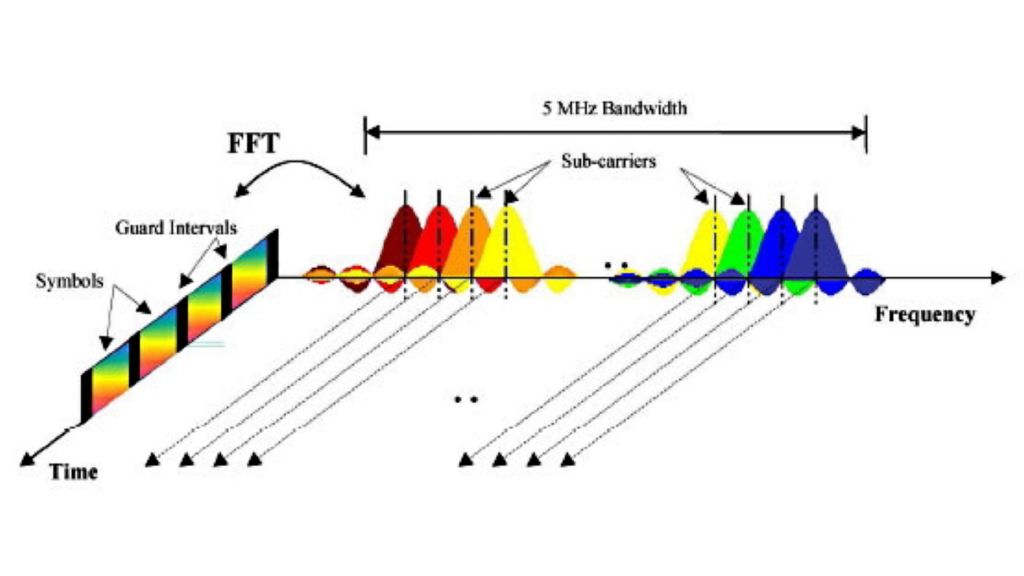LTE Fundamentals
Long Term Evolution (LTE) will ensure the competitiveness of UMTS for the next ten years and beyond by providing a high-data rate, low-latency and packet-optimized system. Also known as E-UTRA (Evolved Universal Terrestrial Radio Access), LTE is part of 3GPP Release 8 specifications. LTE can be operated in either frequency division duplex (FDD) or time division duplex (TDD) mode, also referred to as LTE FDD and TD-LTE. The main key technology aspects of LTE are:
- New, Orthogonal Frequency Division Multiple Access (OFDMA) based multiple access schemes for both LTE FDD and TD-LTE
- Scalable bandwidth up to 20 MHz
- Support for Multiple Input Multiple Output (MIMO) antenna technology
- New data and control channels
- New network and protocol architecture (two node, IP based)
LTE (3GPP Release 8) supports theoretical peak data rates of 300Mbps in downlink and 75Mbps in uplink direction. The first commercial network was launched in Sweden in December 2009 whereas meanwhile LTE has become the fastest growing mobile communication technology ever. Commercially available end user devices support max. 100Mbps (DL) / 50Mbps(UL). Please note that achievable data rates in real life networks varies depending on e.g. network load and propagation conditions and is generally significantly lower than the maximum rates achieved in test lab environment.




